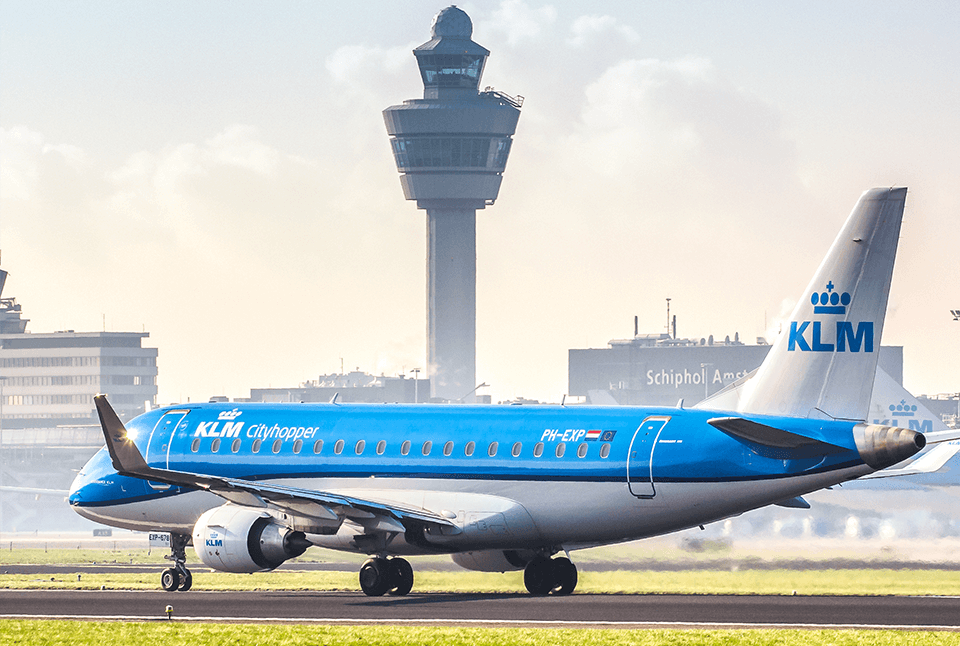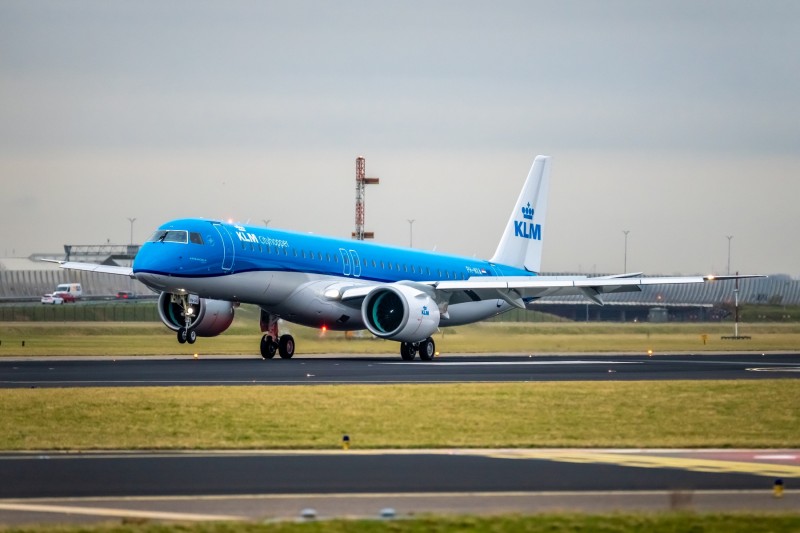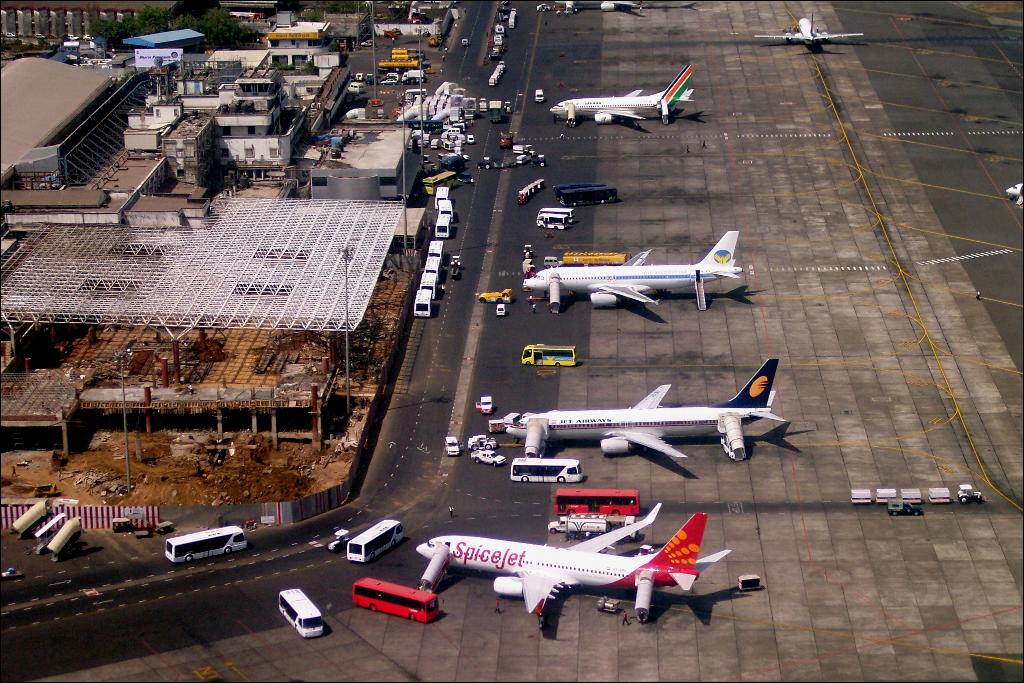After the previously announced expansions in Europe for summer 2021, KLM will also be adding new destinations to its intercontinental network on the commencement of its winter schedule (31 October 2021 to 26 March 2022). This ties in with KLM’s strategy of first expanding its network where recovery will be quickest, offering customers the broadest possible choice of destinations. The new destinations include Mombasa, Orlando, Cancun, Bridgetown, Port of Spain and Phuket.
The Kenyan beach destination of Mombasa will be served twice a week, operating Boeing 787-9 equipment. This aircraft type will also be used to operate flights to Orlando in Florida (four times a week) and to the Mexican beach resort of Cancun (three times a week). The Airbus A330 will fly customers to Bridgetown (Barbados, three times a week) and Port of Spain (Trinidad and Tobago, three times a week). The Thai island of Phuket will be served with four flights a week, operating Boeing 777-300 equipment.
Network strategy
During the Covid-19 pandemic, KLM has done everything possible to maintain its network of destinations in order to continue carrying cargo and enabling passengers to travel when necessary – of course, in accordance with the rules and regulations prescribed by both the Dutch government and local authorities. KLM will continue to work closely with the Dutch government to uphold effective and proportionate measures tailored to the situation in the Netherlands and abroad.
This strategy has served KLM well throughout the Covid-19 crisis. With the general situation and outlook now improving, network expansion is back on the agenda, especially within and to regions where recovery will be quickest. The six new destinations fit the bill.
The aim is to offer KLM’s customers the biggest network possible. Network planning must be flexible, enabling KLM to respond quickly to market opportunities. With this expansion, the network of destinations will almost reach its pre-Covid-19 level, only utilising less capacity, and fewer frequencies and aircraft. Once demand increases, we will operate more flights and/or deploy larger aircraft.









